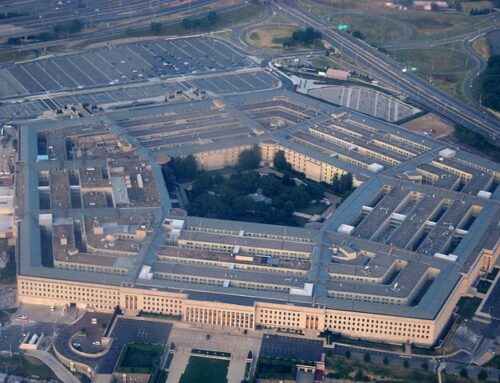Last night, the House of Representatives passed a mammoth $422 billion Defense Authorization bill that delays the next round of military base closures for two years. This decision flies in the face of the administration's analysis that the Pentagon could save billions by closing unneeded facilities.
During the first four rounds of base closures between 1988 and 1995, the Base Realignment and Closure Commission (BRAC) closed more than 97 bases. The process required a $22.2 billion investment — but yielded about $37.7 billion in savings, reaping taxpayers a profit of $15.5 billion. The round that is scheduled to begin in 2005 would impact at least 100 of the nation's 425 military bases at a savings of about $6.5 billion annually.
This round of closures, already delayed once after the tragic events of Sept. 11, is intended to eliminate excess military facilities — estimated to be around 23 percent of the nation's bases — and improve efficiency. Removing “all excess capacity” does not necessarily mean that 23 percent of all installations will close. Different sectors have various degrees of overcapacity or undercapacity, so it is a general ballpark number.
Delaying this round of base closures is little more than a parochial power play by politicians to keep regions where bases would likely be closed on the federal dole. Congress's reluctance to act stems directly from the fears of local communities that host obsolete facilities. The prospect of base closures is rarely welcomed by these communities, which have relied on the military's economic presence for decades or more.
However, military officials readily point out that keeping unneeded bases open drains money from others that really need it and experience shows that closures can lead to increased prosperity. In fact, private enterprises often generate income and create jobs at higher rates than the military facilities they replace. Studies have found that most localities where closures have occurred are better off now than they were before base closure. In most communities that have lost bases average personal income has increased and job growth has exceeded the national average. These communities have shifted from being a one company town to having a more diversified economy.
Real success depends on the vigor and vision of the affected communities themselves. The right blend of leadership, local business engagement, public support – and minimal intrusion from political interests – can help put a community on the fast track to economic success. Through this community led process, former military installations have been transformed into successful civilian airports, hospitals, medical centers, universities, high tech computer facilities, manufacturing centers, and movie studios. Communities that take advantage of their newfound economic assets now view base closure as a catalyst for economic diversification and growth. However, the longer lawmakers keep their heads in the sand, the less time they will have to turn a base closure loss into an economic gain.
The unnecessary spending that will result from a base closure delay comes at a critical time for the United States military, as it undertakes a costly restructuring of its forces to meet newly emerging threats and to pay for the war in Iraq. Without these resources, the military's modernization program will be significantly under funded.
Congress can either continue to waste billions in tax dollars on a bloated infrastructure our military says it doesn't need or close bases and invest the savings in our military and the defense of America. The choice is clear.











Get Social